

The Effect of Discharge on Leaf Litter Decomposition in Tropical Streams
Caroline G.T. Anscombe, Carolyn S. Cummins, and Amanda T. Rugenski
Background
Most of our knowledge about stream decomposition comes from temperate regions and perennial streams.
There is a gap in our understanding of factors that drive decomposition in tropical streams.
Questions
How do the rates of decomposition differ in a Neotropical perennial (Alondra) and intermittent (Bruja) stream?
Hypothesis
The perennial stream will have higher rates of decomposition than the intermittent stream as a function of flow.
Methods
Leaf packs
- 5 grams of dried Inga Punctata were placed in coarse leaf packs
- Twelve packs placed in each stream, 6 upstream, 6 downstream
- Three upstream and three downstream bags taken out on day 15 and day 30
- Leaves washed, dried, and reweighed upon removal
Discharge
- Discharge was measured six times over the duration of the experiment
- Measured by multiplying cross-sectional flow and mean velocity
Stream Characteristics
- Depth at bags, wetted width of bag location and ten depths across width were measured every other day to see how the streams were changing
- Temp loggers deployed and recorded temperature every hour
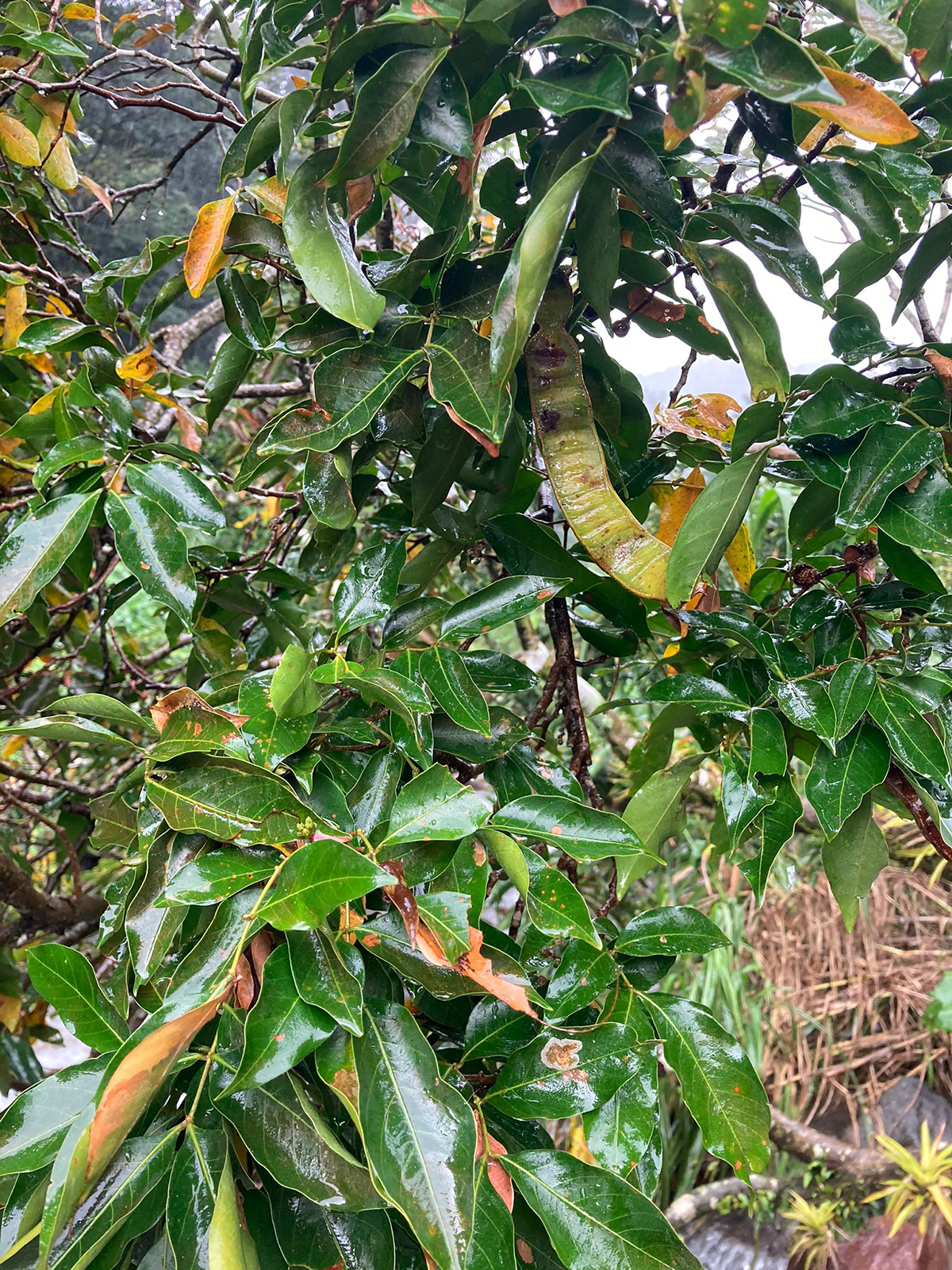
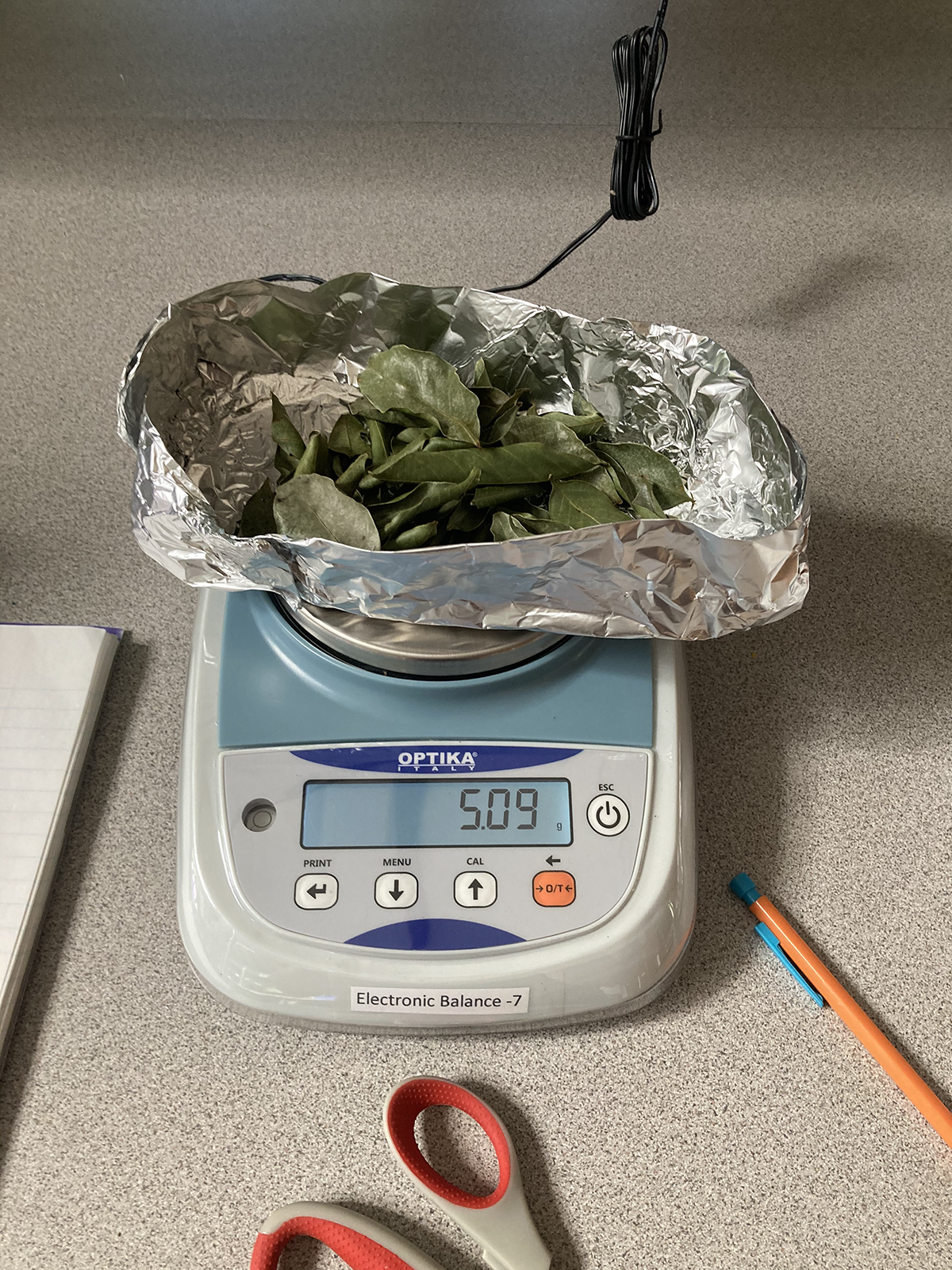

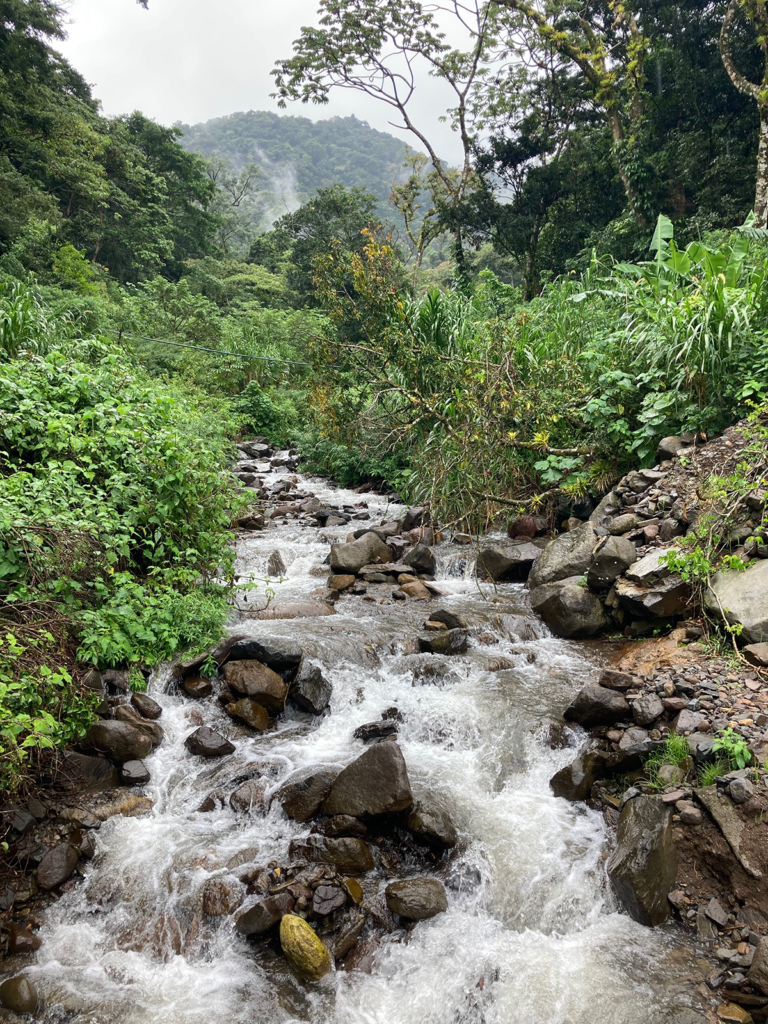


Key Result #1
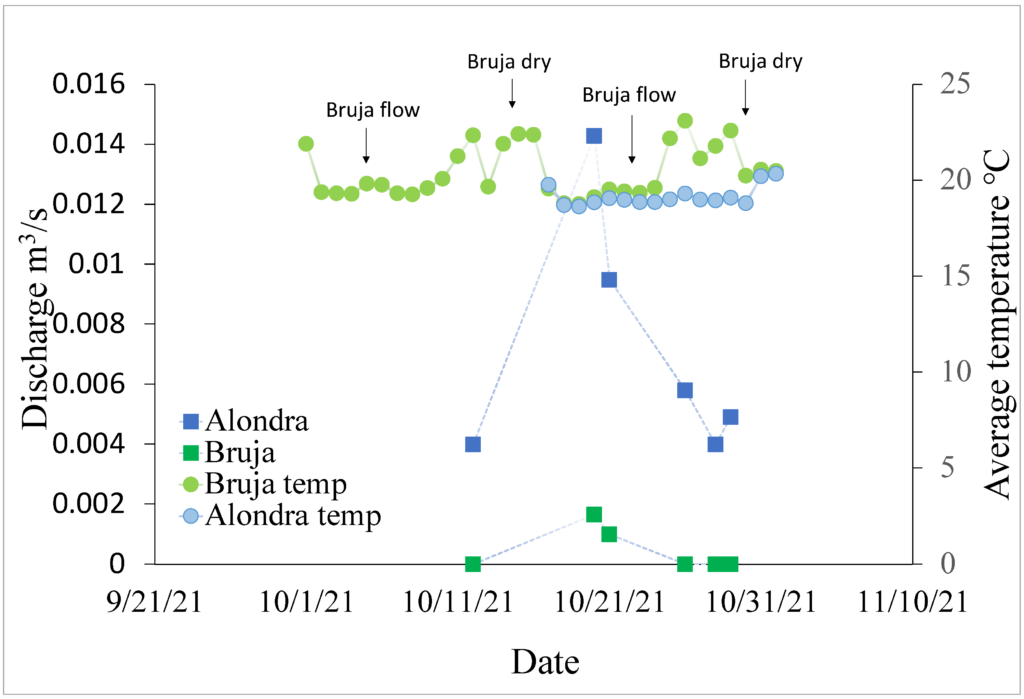
- As expected, mean discharge was significantly higher in the perennial stream (𝑝 < 0.001).
- There was greater temperature variability in the intermittent stream, and a significantly higher average daily temperature (20.44 vs 19.09 C; 𝑝 < 0.001).
Key Result #2
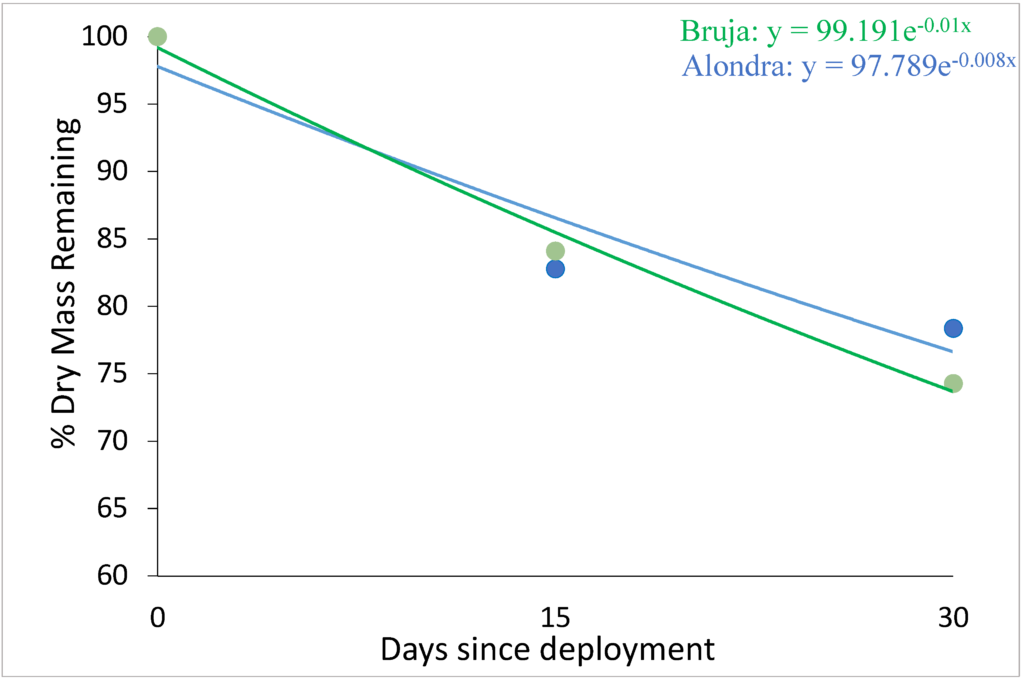
- Decomposition rates were slightly faster in the intermittent stream
- Alondra 𝐾(day-1) = 0.008
- Bruja 𝐾(day-1) = 0.01
- Leaf mass remaining (%) on day 30 was 78.5% for Alondra 74.3% for Bruja (t-test; 𝑝 < 0.001). This may not be biologically significant but trends could appear over a longer study
Conclusions
- Increased fragmentation typically caused by high discharge didn’t result in the perennial stream having higher leaf mass loss or decomposition rates.
- Discharge has a greater impact on softer leaves (Abelho et al. 2001), Inga Punctata have high lignin, low C:N and are considered tough leaves (Capps et al., 2011). This may be why we didn’t see discharge play a large role in leaf fragmentation or abrasion.
- Oxygen availability and temperature may have contributed to differences in decomposition rates. Higher temperatures (as seen in Bruja) may have led to greater microbial activity.
- The importance of duration versus frequency of inundation may be switched in tropical regions where water is rarely a limiting factor in decomposition
Future Directions
- Is there a difference in the types of decomposers in each stream? Does fungi/bacteria play a bigger role in one stream than the other? Are there differences in macroinvertebrate communities associated with leaf packs between the two streams?
- Quantify leaf litter input and retention in the two streams
- How does decomposition differ along a gradient of an intermittent stream?
Acknowledgements
- I would like to thank my classmates who helped sample, the CIEE staff, and my professors.
Download Original PDF of Poster
